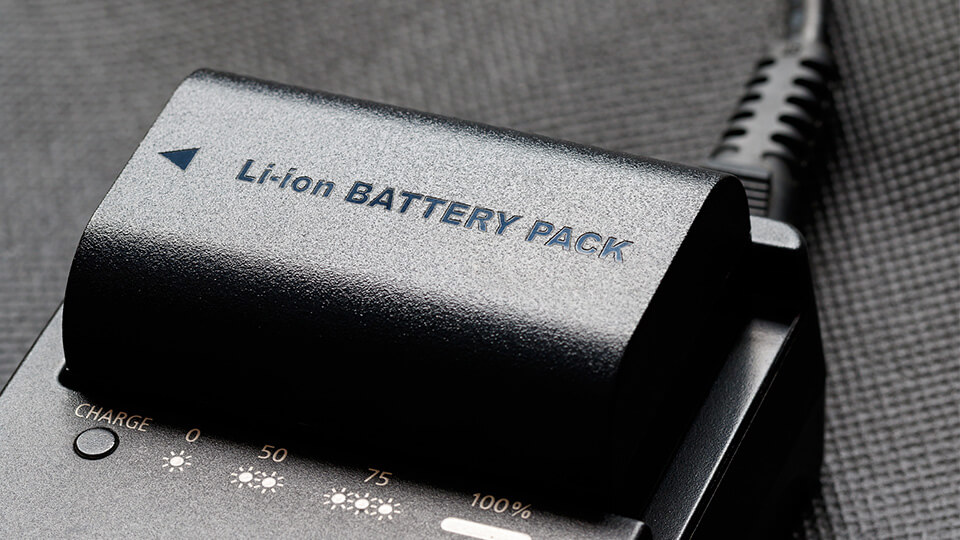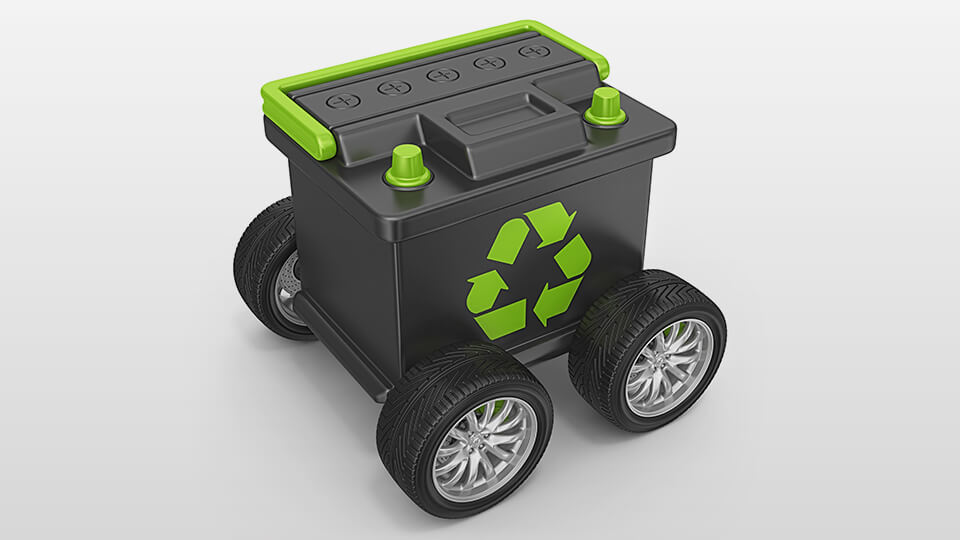There are many different types of batteries, both in rechargeable and regular (single use) form.
Often you don’t get a choice as to which sort to use – modern mobile phones all rely on rechargeable batteries, for example – but what about those situations in which you do have a choice?
The most commonly used batteries in Australia are regular alkaline and zinc carbon cell batteries, in sizes ranging from AAA through to D, so how do they stack up against their rechargeable cousins?
Chemistry
Regular cell batteries rely on zinc and manganese to generate power, and they’ve been doing so for well over a hundred years.
In contrast, there are a range of rechargeable battery chemistries. Nickel cadmium batteries ruled the roost for nearly a century until nickel metal hydride and lithium ion batteries hit the market in the 1990s.
These different chemistries produce slightly different voltages, but in most applications this isn’t a problem.
Cost
Rechargeable batteries usually cost more than regular batteries.
On top of that, you’ll need to buy a battery charger.
But when you take into account that rechargeable batteries can be recharged hundreds or even thousands of times, the lifetime cost of rechargeable batteries works out to be much less than the cost of regular batteries.
Environmental Impact
With the potential for a single rechargeable battery to replace hundreds of regular batteries, it’s apparent that rechargeable types should have a much smaller environmental impact. They cut resource use and generate much less waste.
However, the cadmium in older rechargeable batteries is a toxic compound, so nickel cadmium batteries need to be properly recycled to minimise this hazard.
Long ago, regular alkaline batteries contained added mercury. However, that’s no longer the case, and these batteries can actually be turned into fertiliser.
Battery Care And Shelf Life
With older rechargeable batteries care was needed to get the most out of them.
Nickel cadmium batteries needed to be nearly fully discharged before recharging, and over-charging needed to be avoided.
With modern recyclable batteries and better battery chargers many of these problems no longer exist.
The same applies to shelf life, with current rechargeable batteries able to retain their charge for years even when not in use.
That said, rechargeable batteries may still benefit from a little extra care.
Recyclability
Despite their varied makeup, rechargeable batteries are just as recyclable as their regular counterparts.
In fact, in the case of old nickel cadmium batteries it’s critical that they be properly recycled to keep cadmium out of the environment.
And The Winner Is…
While the higher upfront cost may be a bit off-putting, it’s hard to ignore the many benefits of rechargeable batteries: lower lifecycle cost, vastly reduced resource use and waste generation, and overall lower environmental impact.
Regardless of the choice you make, make sure your spent batteries are recycled.
Each year Australians send hundreds of millions of batteries to landfill.
Given that it’s such a simple matter to set up a workplace battery-recycling program, that’s a real tragedy.
Check out our tips on how to get started, then give us a call on 1300 32 62 92 or fill out the form below and we’ll have your workplace recycling batteries in no time.





